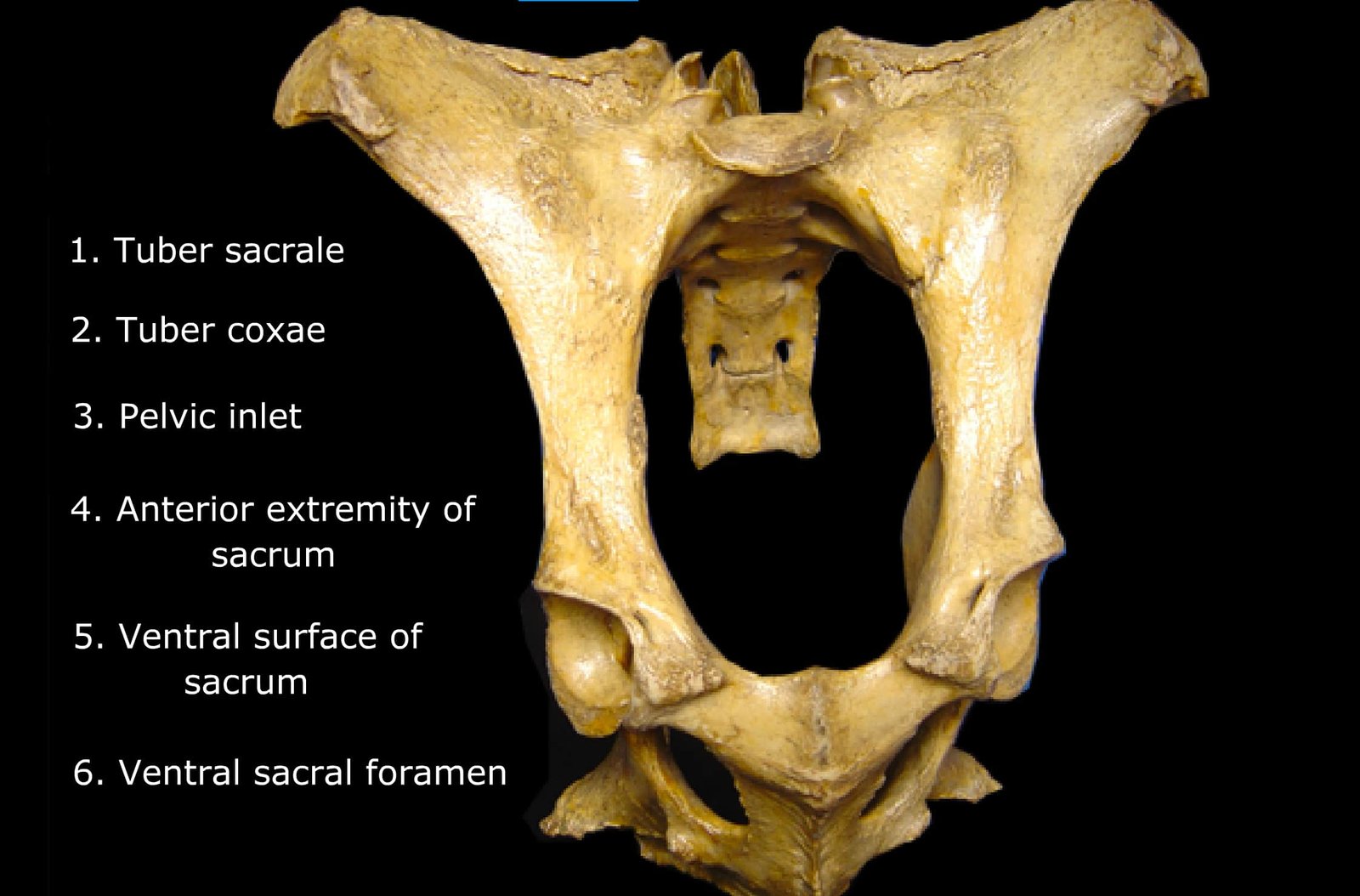TABLE OF CONTENTS
Endometritis in Animals
Endometritis in animals is characterized by inflammation of uterine mucosa. It is a common condition in cow. It occurs after 2 or 3 weeks of parturition, mostly in the post ovulatory period.
Endometritis in animals has a profound effect upon the fertility but does not affect the general health.
- In short term-increases the number of services per pregnancy and extends the calving to conception interval.
- In long term-can result in sterility due to irreversible changes in the genital tract.
Etiology
A majority of cows suffer bacterial contamination after calving which is normally eliminated. In endometritis cases the bacterial flora colonizes the uterus and causes the endometrium to respond.
C. Pyogens is considered as the primary aerobic pathogen of the bovine uterus. Gram negative anerobic bacteria like Fusobacterium necrophorum species and Bacteroides species are found act synergistically with C. pyogenes to create a several disease process.
The following conditions lead or predispose to endometritis:
- Abnormal parturition such as abortion, retained placenta, dystocia etc.
- Pneumovagina
- Coitus by infected bull
- Unhygienic environment
- Metabolic diseases like ketosis, hypocalcemia
- Stress due to lactation, environment, season
- Nutritional imbalance
Clinical Signs
- White or whitish yellow mucopurulent vaginal discharge.
- Volume of the discharge variable but frequently increases at the time of estrum.
- In mild cases the mucous discharge at the estrum may be cloudy or may contain few pus flakes.
- The cows rarely show any signs of systemic illness, although in a few cases milk yield and appetite may be slightly reduced.
- Pus flakes present in the discharge indicating Endometritis.
Diagnosis
- Clinical signs
- Rectal examination
- Vaginal examination
- Whiteside test
- Uterine biopsy
- Bacterial culture
Rectal examination
- The uterus may feel slightly enlarged, heavy and thick walled.
- Many times the changes in uterus may not be appreciable by rectal examination.
Whiteside Test
Whiteside test is used to detect sub-clinical endometritis in repeat breeding cows.
Procedure of Whiteside Test
- The uterine discharges (cervical mucus) is collected aseptically with sterile sheath and syringe.
- Mixed with equal volume of 5% NaOH in a test tube.
- The mixture is heated up to the boiling point.
The intensity of colour changes is graded:

Biopsy Examination
Biopsy specimens should be taken from both the horns and the body of the uterus due to variability of pathology in each section.
Biopsy examination may be done to confirm and diagnose subclinical endometritis.
Biopsy Catheter
- To obtain in vivo uterine endometrial samples.
- It consists of an outer casing and piston of length 57.5 cm and, diameter of 0.7 cm.
- Distal end of the catheter has a rounded tip to prevent injury to the reproductive tract and to facilitate the easy entry of the tip through the cervical canal.
Technique
Bovine endometrium is evaluated histologically for:
- periglandular fibrosis.
- cystic glandular changes, and
- cellular infiltration of endometrial stroma.
Cellular infiltration is the most striking feature of acute endometritis.
Moderate and severe endometritis-increased number of inflammatory cells spread throughout the stratum compactum and spongiosum layers.
Neutrophils in high numbers during normal estrum-acute endometritis. Neutrophils present during the luteal phase-acute endometritis.
Initial phases of endometritis: periglandular and perivascular cellular infiltrations by neutrophils and lymphocytes.
Treatment
- Antibiotic therapy
- Hormones
- Intrauterine infusion of disinfectants
- Immunomodulators
Antimicrobial therapy
Local vs systemic administration.
Local administration
- Aminoglycosides are not effective in the predominantly anaerobic environment of the infected uterus.
- Sulphonamides are ineffective because of the presence of para-aminobenzoic acid metabolites in the lumen of the infected uterus.
- oxytetracycline, used at a dose rate of up to 22 mg/kg,
- Intrauterine infusions with lugols‘ iodine and povidone iodine.
Systemic administration
- Procaine penicillin 10 to 15 lakhs IU in saline daily for 3-4 days.
- Penicillins, Metronidazole, Ciprofloxacin and Cephalosporins are administered systemically as well as intrauterine for the treatment of uterine infections.
Hormones Administration
Prostaglandin F2a or analogue used in endometritis.
- Intra muscular route
- Natural PGF2α: 25 mg
- Synthetic analog: 0.5 mg
- Intra vulval sub mucosal route
- Natural PGF2α: 10 mg
- Synthetic analog 0.2 mg
If administrated during the luteal phase of the estrous cycle, they hasten the return of estrus and reduce the progestational phase the period of colonization of bacteria.
Irritants like Lugol‘s iodine can cause severe endometrial damage.
Aminoglycosides such as Gentamicin, Kanamicin, Streptomycin and Neomycin are of questionable value for the treatment of uterine infections as they are ineffective under anaerobic conditions which are present in the bovine uterus.
Role of Immunomodulators
Lipopolysaccharides of E. coli
- Serotype 026:B6.
- Dissolve 100 μg in 20 ml of PBS (pH 7.4).
- Administer on day 0 (estrum) through intra uterine route.
Oyster Glycogen
PMN migration into the uterine lumen of healthy cows is stimulated after intrauterine administration of oyster glycogen, up to 90% of all cells identified in uterine secretions being neutrophils.
Variable concentrations of oyster glycogen between 0.1-10% all in 60 ml of vehicle produced identical responses with a peak PMN concentration 12 h after administration.
Leukotriene B4
Leukotriene B4 (LTB4) is an effective chemo-attractant, stimulating preferential migration of PMNs into the lumen of the bovine uterus.
A single intrauterine treatment of a 30 nmol/L solution increased the intrauterine leucocyte count 5-10 times within 24 h.
Autologous Plasma
Collect ~300 ml of blood from oestrus animal in JML blood bag. Keep in ice and transport to the lab. Transfer in to 50 ml of sterile centrifuge plastic vials; centrifuge at 3000 RPM for 15 min, separate the plasma and stored at -20 °C.
Administer 50 ml of plasma through intra uterine route on days 1, 2, and 3 (day 0 – estrum).
Endometritis in Mare
Reduced fertility associated with endometritis, both acute and chronic, has been recognized for many years in brood mares. This subfertility is due to a hostile environment for the developing conceptus, and in some cases, the endometritis causes early regression of the CL.
The term `endometritis‘ refers to the acute or chronic inflammatory process involving the endometrium. These changes frequently occur as a result of microbial infection, but they can also be due to non-infectious causes.
One of the main obstacles to producing the maximum number of live, healthy foals from mares bred during the previous season is the mare, which is susceptible to persistent acute endometritis following breeding.
Uterine Lavage in Mares is used to control such uterine infections.
Endometritis in Sow, Ewe and Goat
The causative agent is usually Staphylococcus hyicus or E coli , and the disease seems to be transmitted at mating or artificial insemination;
Signs are seen 15-25 days later during the subsequent proestrus or estrus. Infection may be of long duration with signs recurring at each estrus.
When inseminations are done at the time when progesterone levels begin to rise after ovulation, the possibility of inducing endometritis is more.
Some sows recover spontaneously, but there does not seem to be any effective treatment for those that do not.
Some virgin gilts also show endometritis.
Endometritis also occurs following parturition due to dystocia, traumatic injury, abortion or unhygienic manipulations.
Endometritis has been seen in sheep and goats. In commercial sheep and goat flocks, diagnosis is seldom made antemortem, and treatment is generally impractical. In animals with a persistent uterine discharge, remnants of a macerated fetus should be considered as a nidus of chronic infection.

